Yes, July Is the Time to Plant Your Pumpkins and So Much More
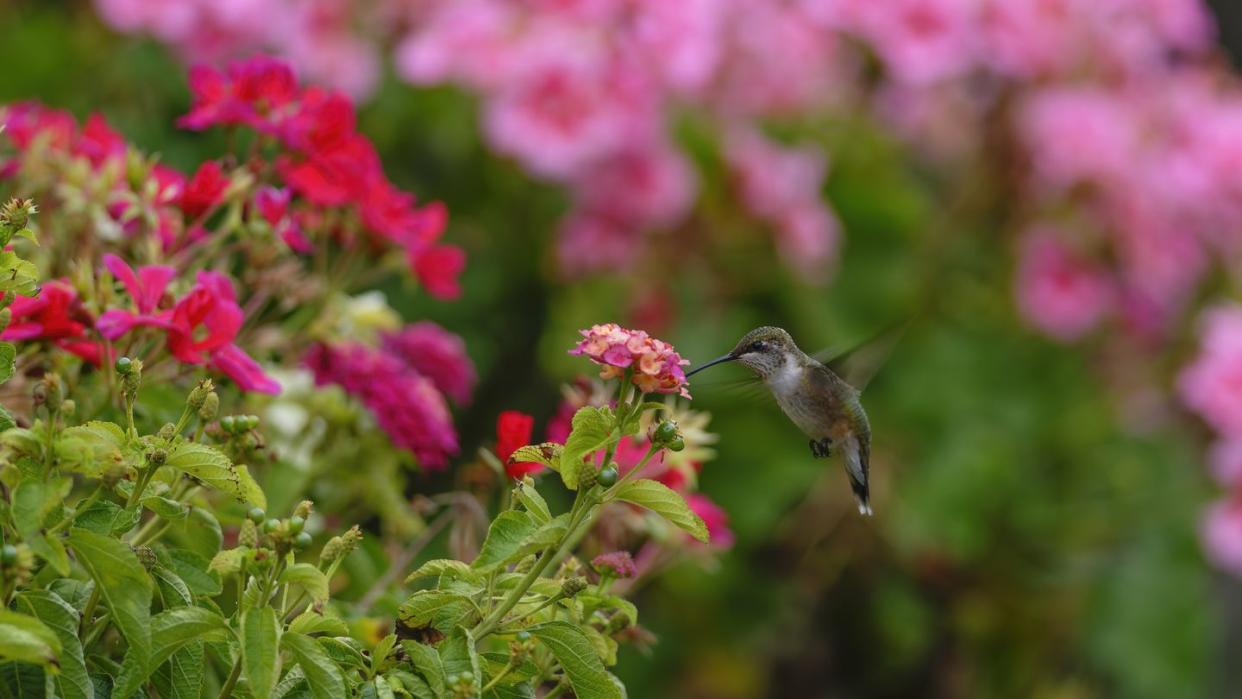
"Hearst Magazines and Yahoo may earn commission or revenue on some items through these links."
With the hottest days of the year upon us, you may think it's way too late in the season to put any new plants or seeds in the ground. But actually, for many vegetables and herbs, July is the just-right time to plant for a lush and bountiful fall harvest. What's more, to breathe new life into your garden beds, there are a few flowering shrubs and flowers that prefer the warmer temperatures and mature quickly, making for a riotous round two in your garden.
The key to summer garden success is understanding what conditions particular varieties of plants prefer so you know exactly what to plant in your region (refer to the USDA plant hardiness zone map). For example, what to plant in July and August (vegetables, flowers, and perennials) for Georgia gardeners is not the same for those who reside in New England. It's especially important to be on the lookout for when your region's first frost typically occurs to ensure your harvest has enough time to reach its full, fruitful state.
In this roundup, we take a look at 12 different types of plants that thrive during the hot and heavy dog days of summer. Here's what perennials to plant in July, late summer flowers that will thrive in beds, and what vegetables to plant in July for a bumper crop come fall.
Zinnias
Happy zinnias bring loads of color to summer beds and containers. They are great in a cutting garden. Simply scatter seeds where you want them to grow, spreading a new batch of seeds every couple of weeks. This way you'll enjoy blooms for a longer period of time, even into the fall.
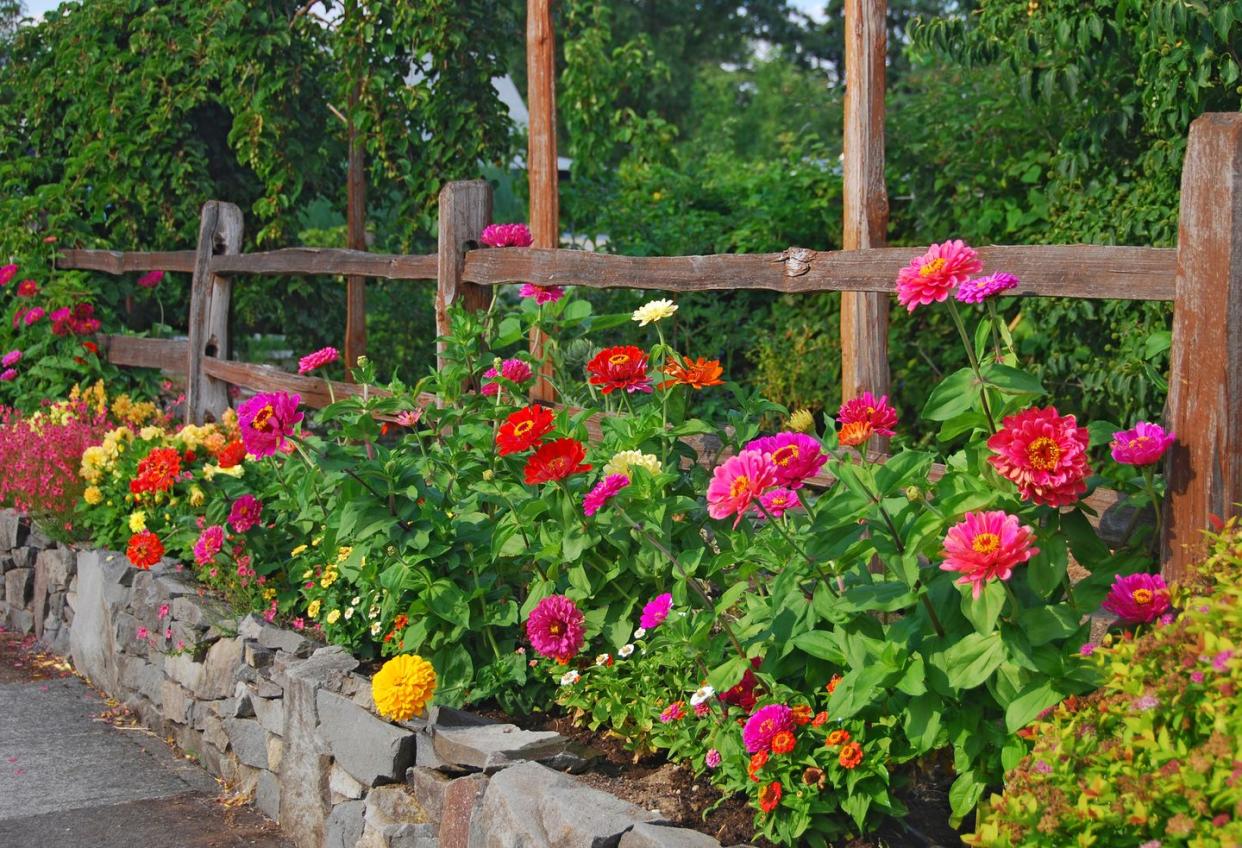
Pumpkin
For those who live in warmer climates, pumpkin seeds can be planted as late as mid-July and still be ready for picking by fall. Pumpkins need warm soil, full sun exposure, and a lot of space to develop. Designate an ample amount of land in the sunniest part of your garden for these playful plants to mature. It's important to keep the vines trimmed back so the plant can focus on producing actual fruit.
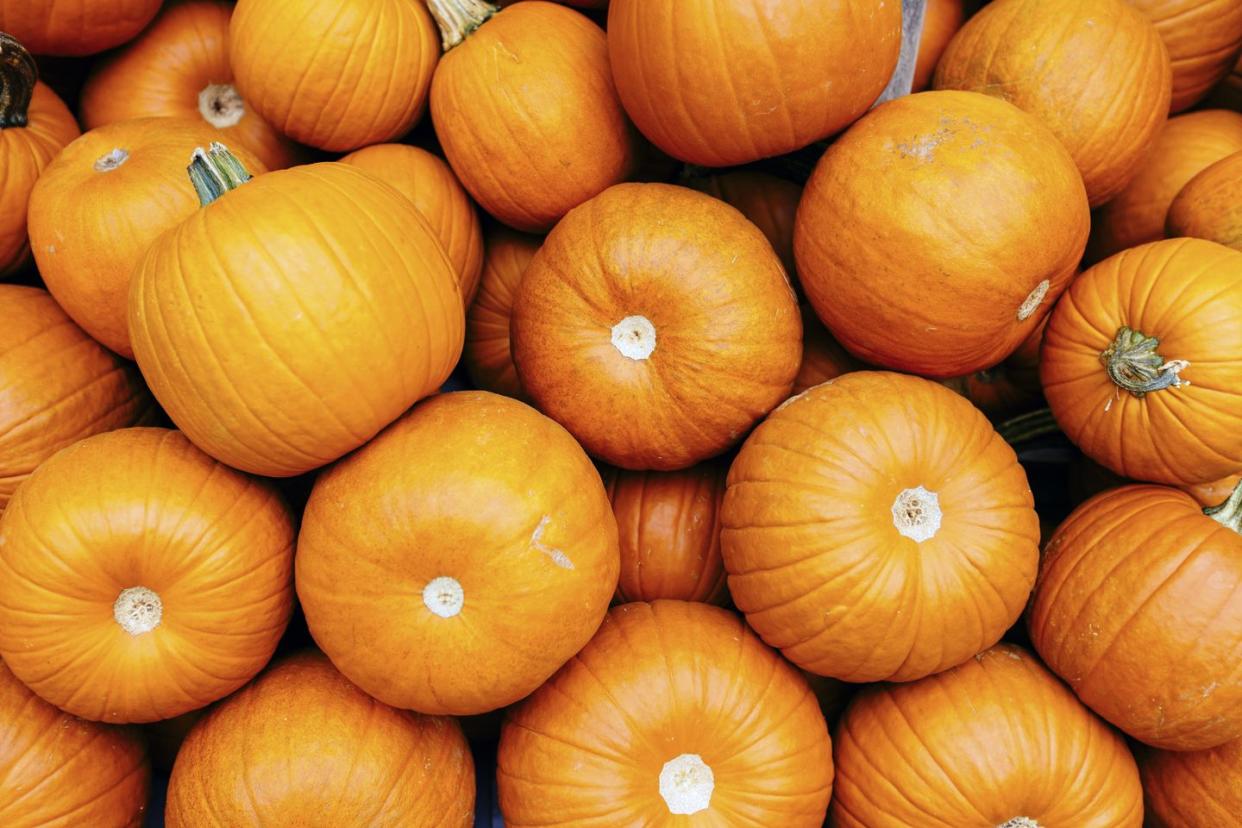
Verbena
For those looking to freshen up their garden beds in the middle of summer, consider planting verbena. This beauty blooms all season long and even into the early autumn months. Both perennial and annual verbenas thrive in direct light and fairly dry soil, making it ideal to plant them in the sunniest part of the garden. These purple flowers can grow rather quickly, so be ready to trim your verbena every so often to ensure their flowers keep blooming.
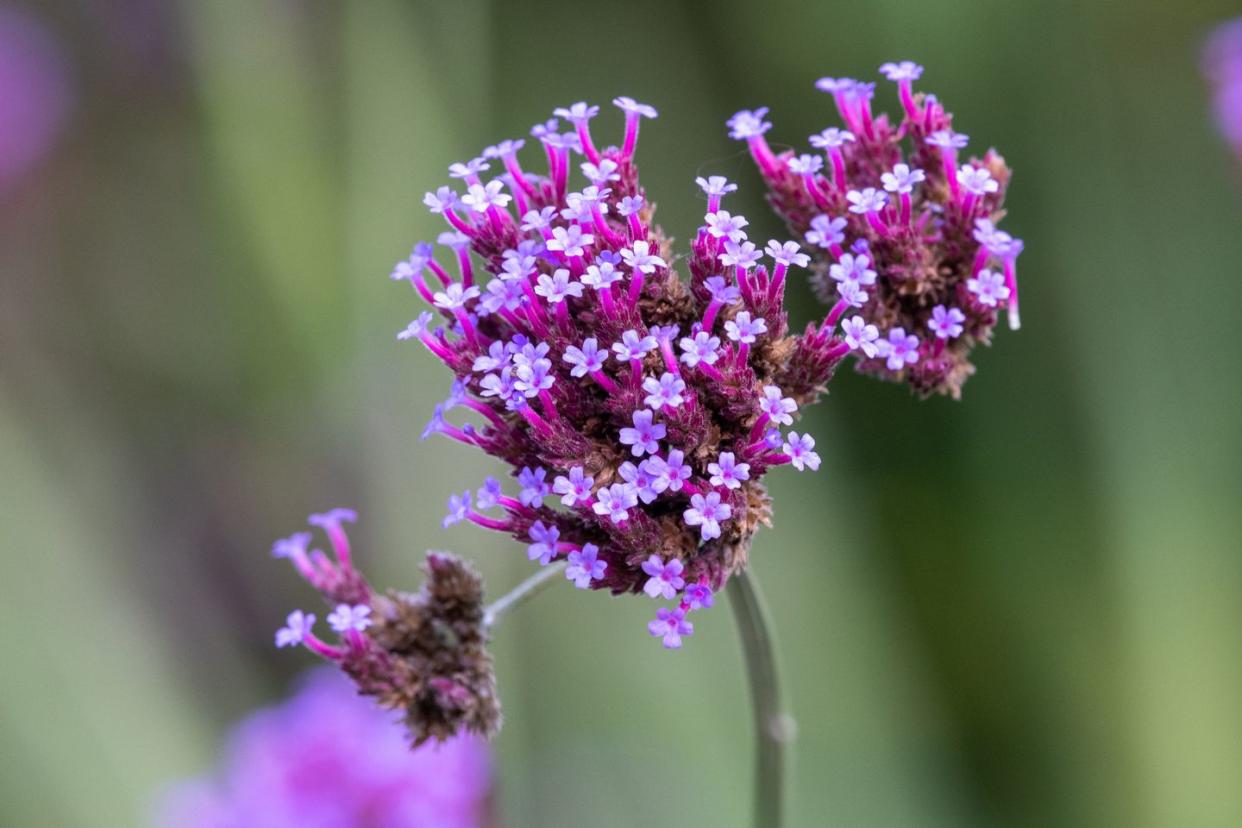
Radishes
Plant winter radishes later in the summer (even through mid-August) and plan on a harvest 60 days later. They add beautiful color to salads, but our favorite way to eat them is sliced thinly atop a buttered piece of crusty bread with a sprinkle of salt.
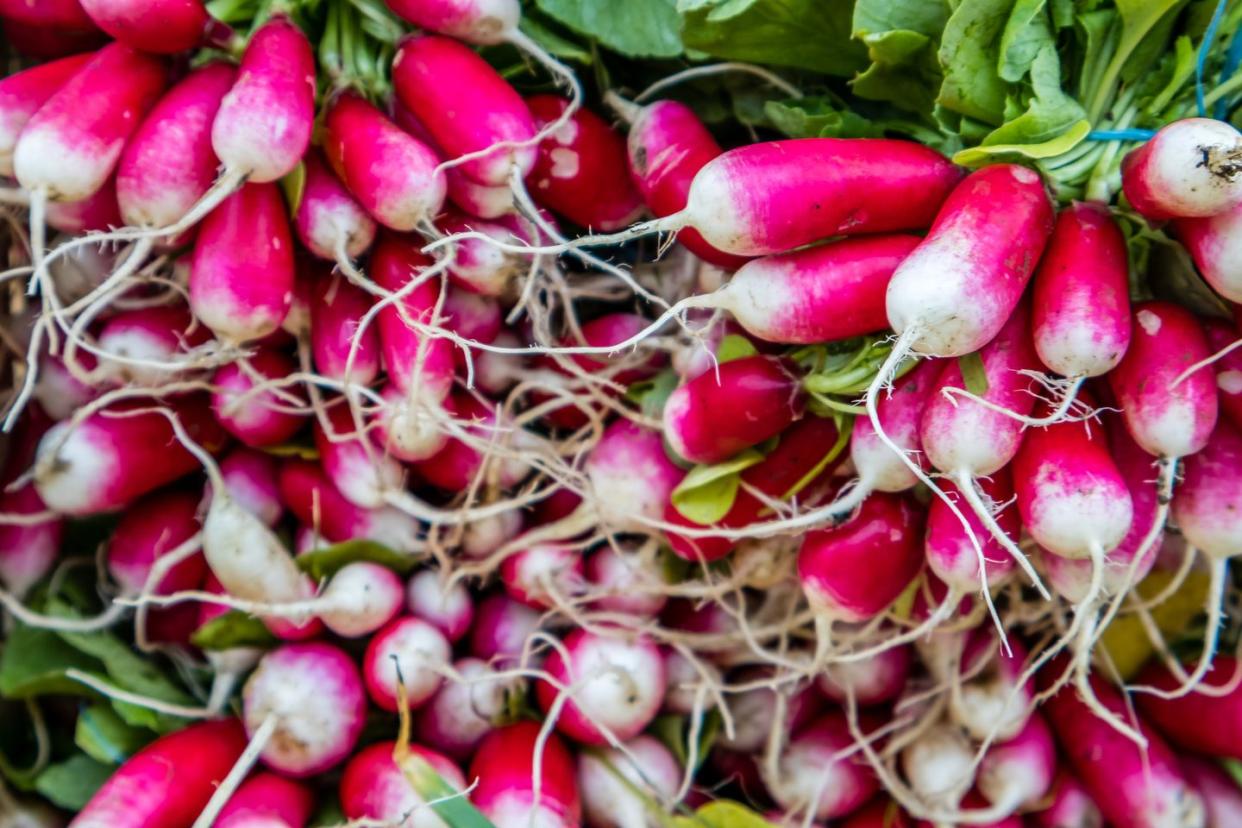
Gaillardia
Gaillardia, also known as the blanket flower, earned its nickname for its ability to reseed and spread its vibrant, daisy-like flowers throughout the garden. These native wildflowers bloom in warmer temperatures and last until the first frost of the autumn season. The fiery red and yellow-tipped flowers also attract natural pollinators like hummingbirds and butterflies.
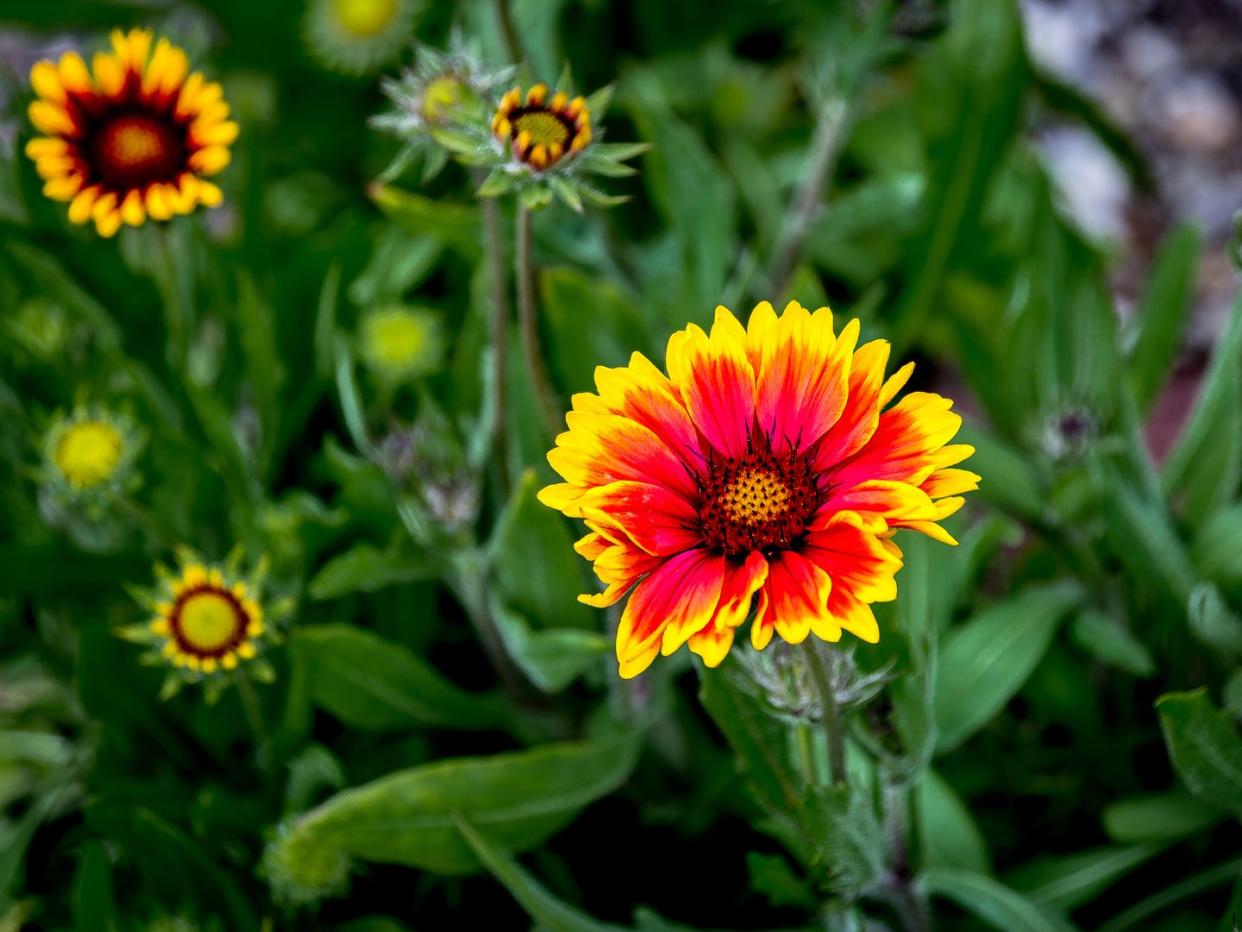
Swiss Chard
Mid- to late-July is the ideal time to start growing cool-season plants such as hardy and delicious Swiss chard. While these leafy greens can withstand cold nights, it's recommended to sow Swiss chard seeds at least 50 days before the first hard frost for a fruitful fall harvest. Be sure to water your plants frequently during the seedling stage as Swiss chard is not drought-tolerant and prefers moist soil.
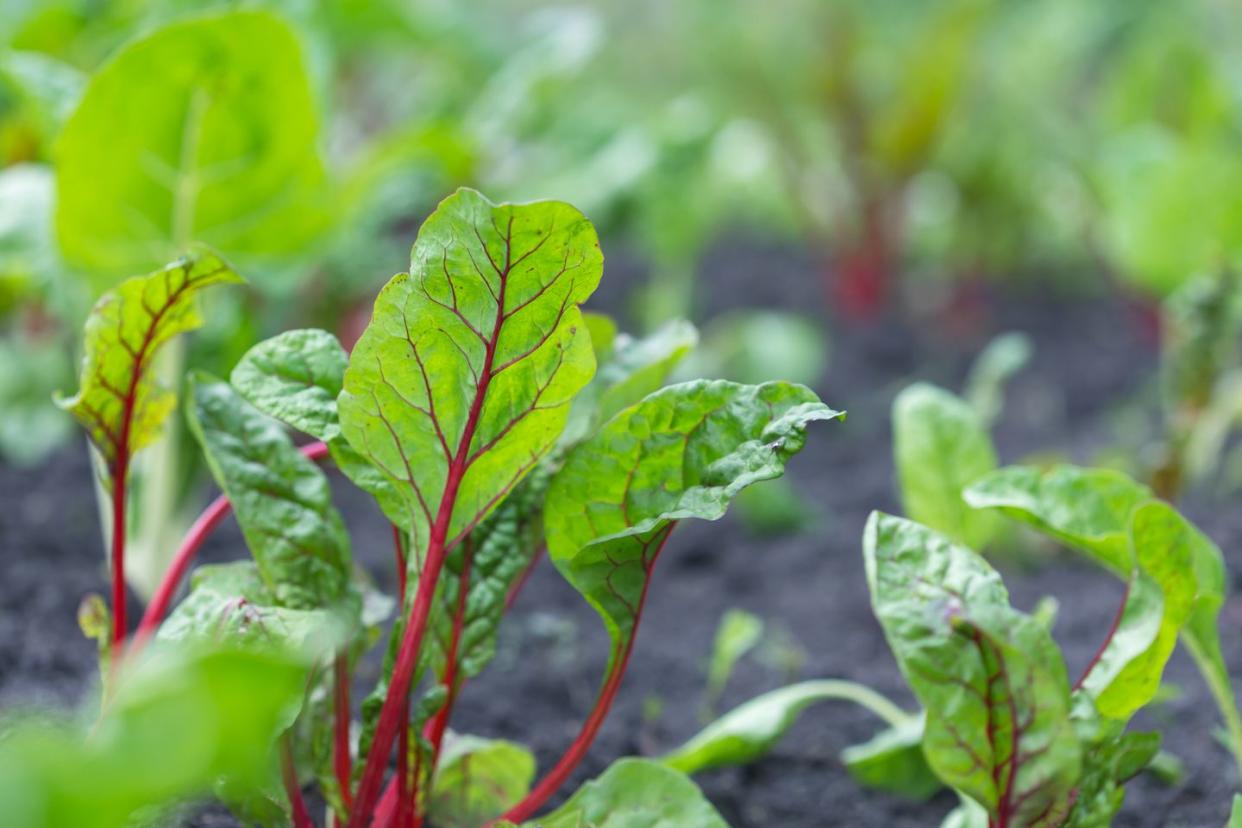
Lantana
Lantana loves the heat, making it a perfect pick for hanging baskets, beds, and borders. One of its defining characteristics is the unique scent their flowers and leaves give off, which often attracts butterflies and hummingbirds. Lantana should get at least six hours of direct sunlight every day and a good watering at least once a week. They come in several bold color options.
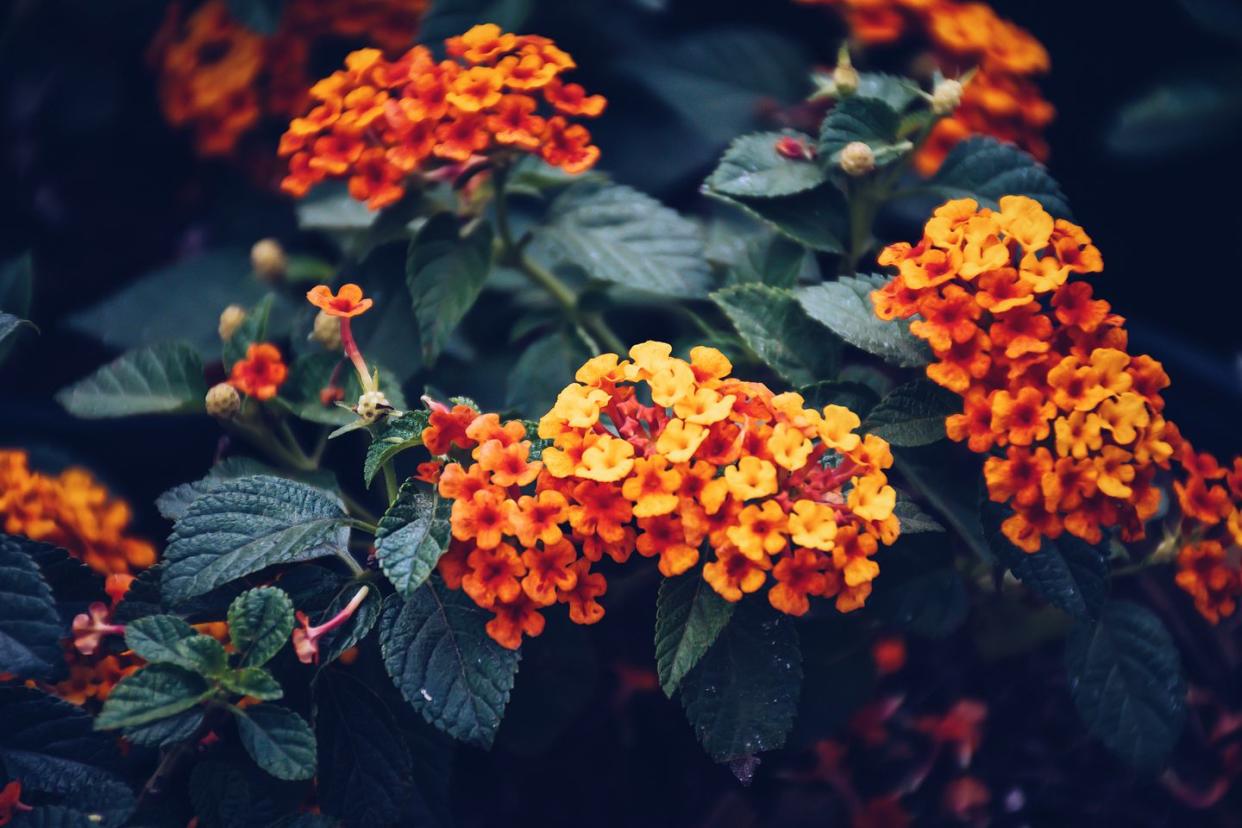
Arugula
These peppery greens grow so quickly they are almost always ready to eat just a month after germination. Aim to plant arugula later in the month under shade to ensure it will grow in time for your fall harvest. Since arugula has a small root system, it's possible to grow the greens in smaller containers on an apartment balcony or small garden space.
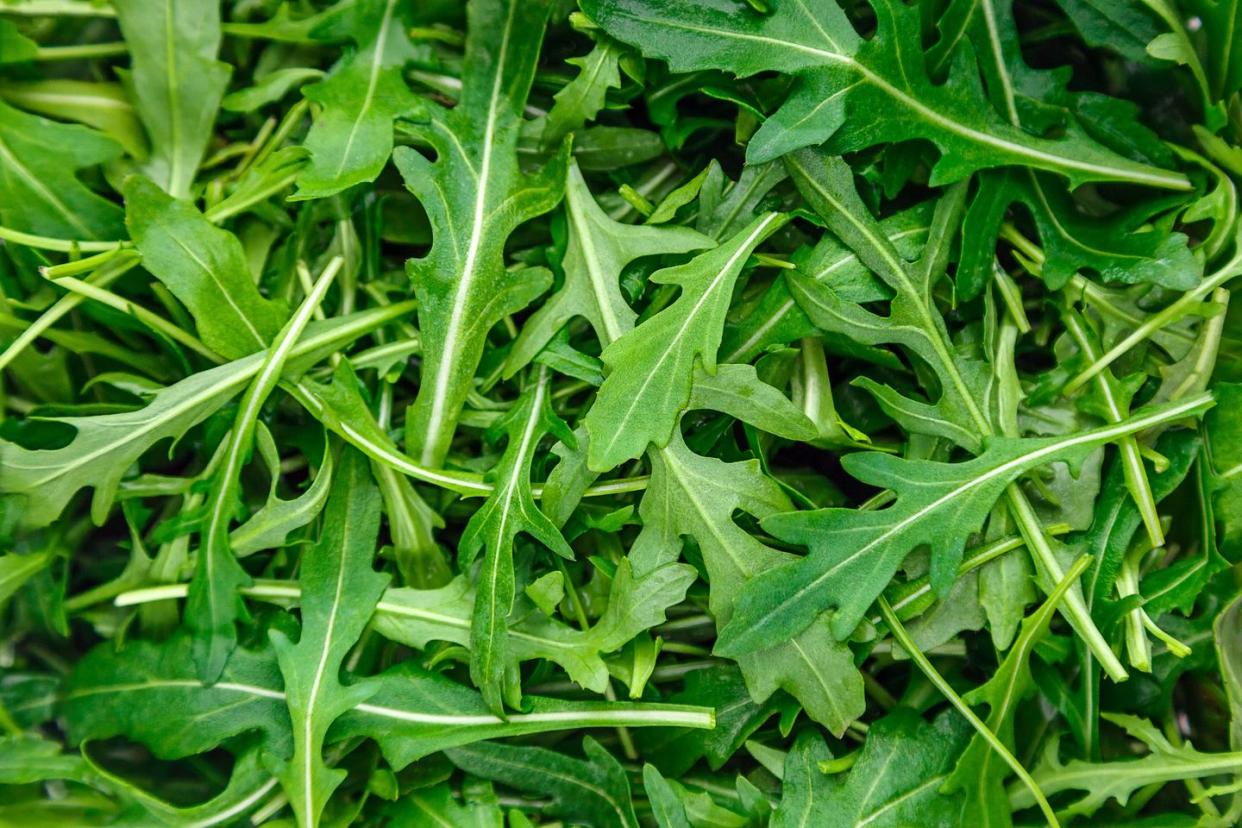
Cleome
Don't let cleome's leggy, weed-like appearance as seedlings fool you. Once these delicate fuchsia petals bloom, you'll understand why gardeners often turn to this easy-to-grow flower to add a colorful focal point in their meadows and garden borders. Cleomes thrive in hot weather conditions and full sunlight, making them perfect for gardens in the southern part of the United States.
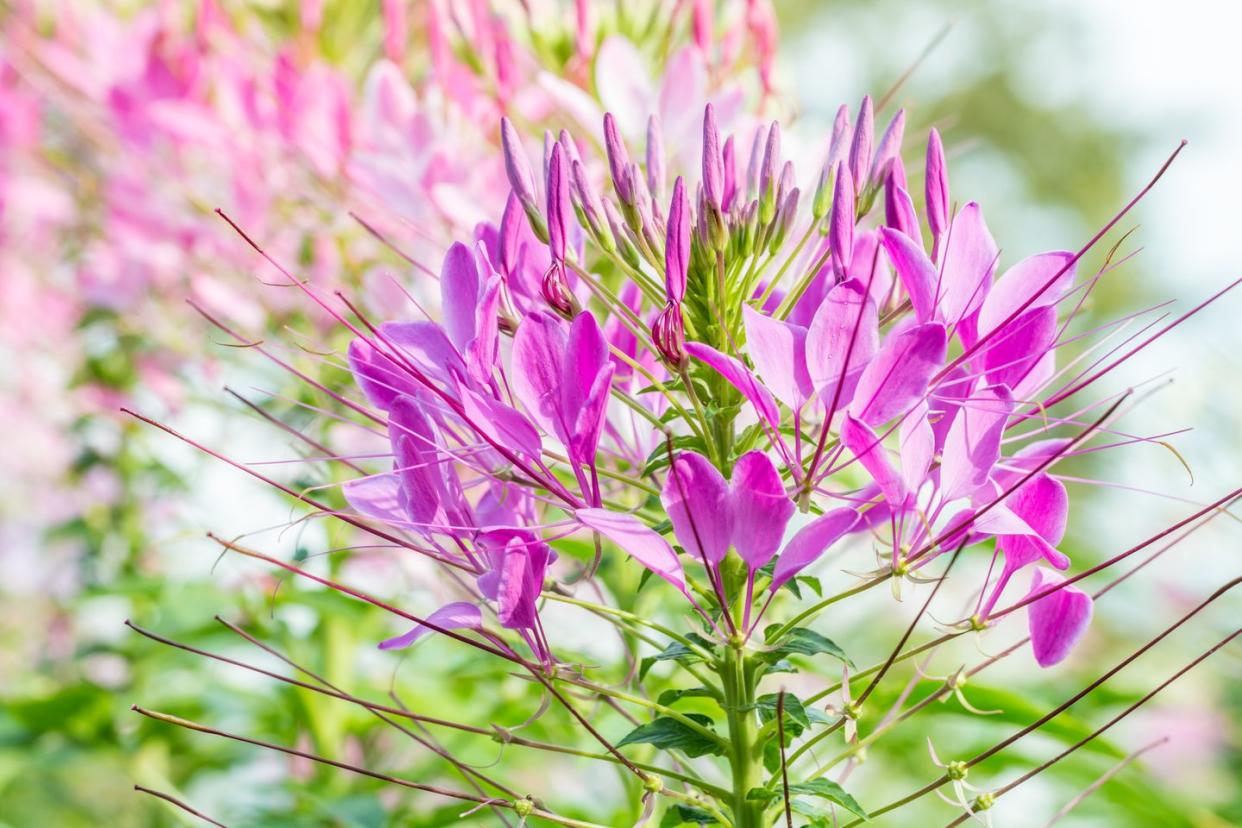
Carrots
Gardeners often plant carrots both in the early spring and mid-summer months to ensure a continuous harvest through fall. Soil preparation is crucial when planting carrots as they need loose, sandy soil for their roots to grow without obstruction. It's also important to till down at least 12 inches into the ground and sift the soil to get rid of any rocks or clumps. Avoid the use of manure and fertilizer and opt for something like coffee grounds to get a bountiful harvest.
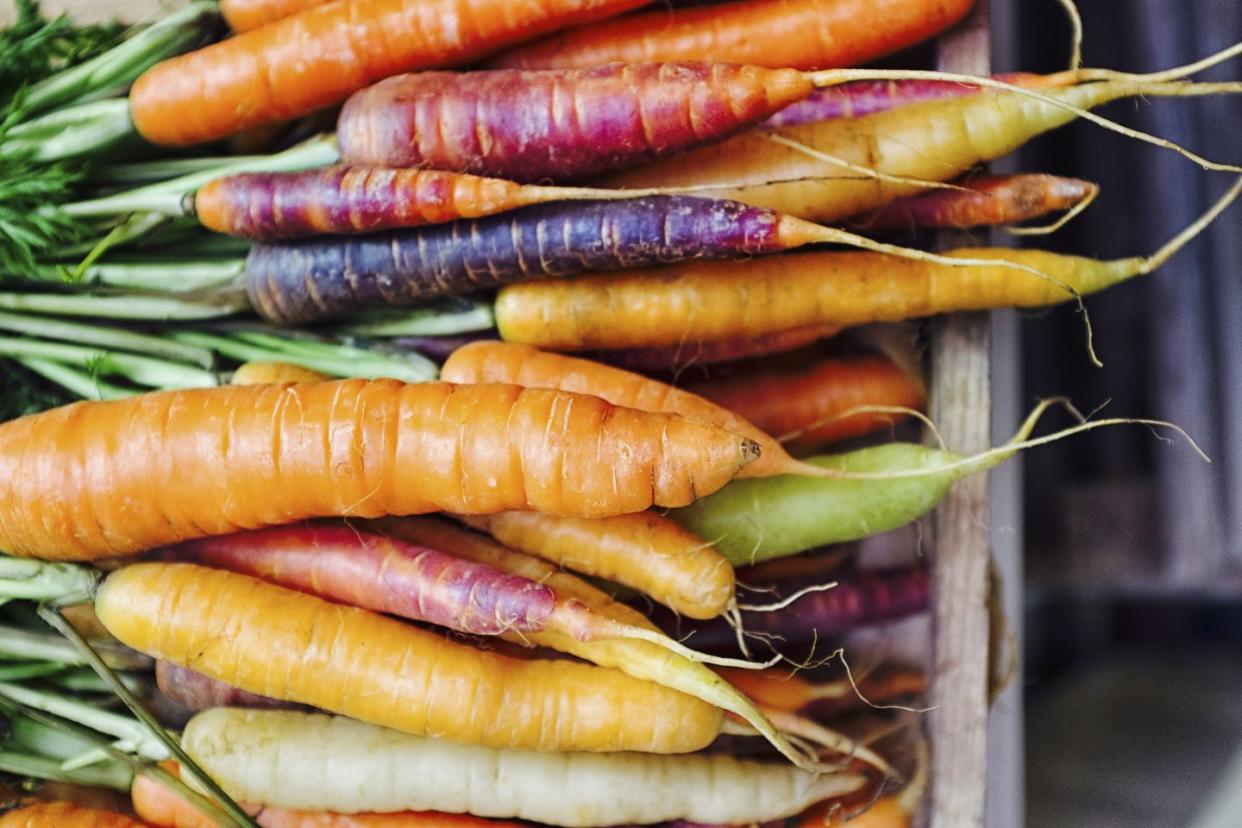
Anise Hyssop
An edible perennial herb native to the midwest region of North America, anise hyssop is often used in teas for its licorice-flavored leaves. The herb can easily be identified by its spikes of purplish-blue and lavender flowers and unique minty scent. Anise hyssop is easily challenged by weeds, so make sure to keep planting beds well-weeded and trimmed.
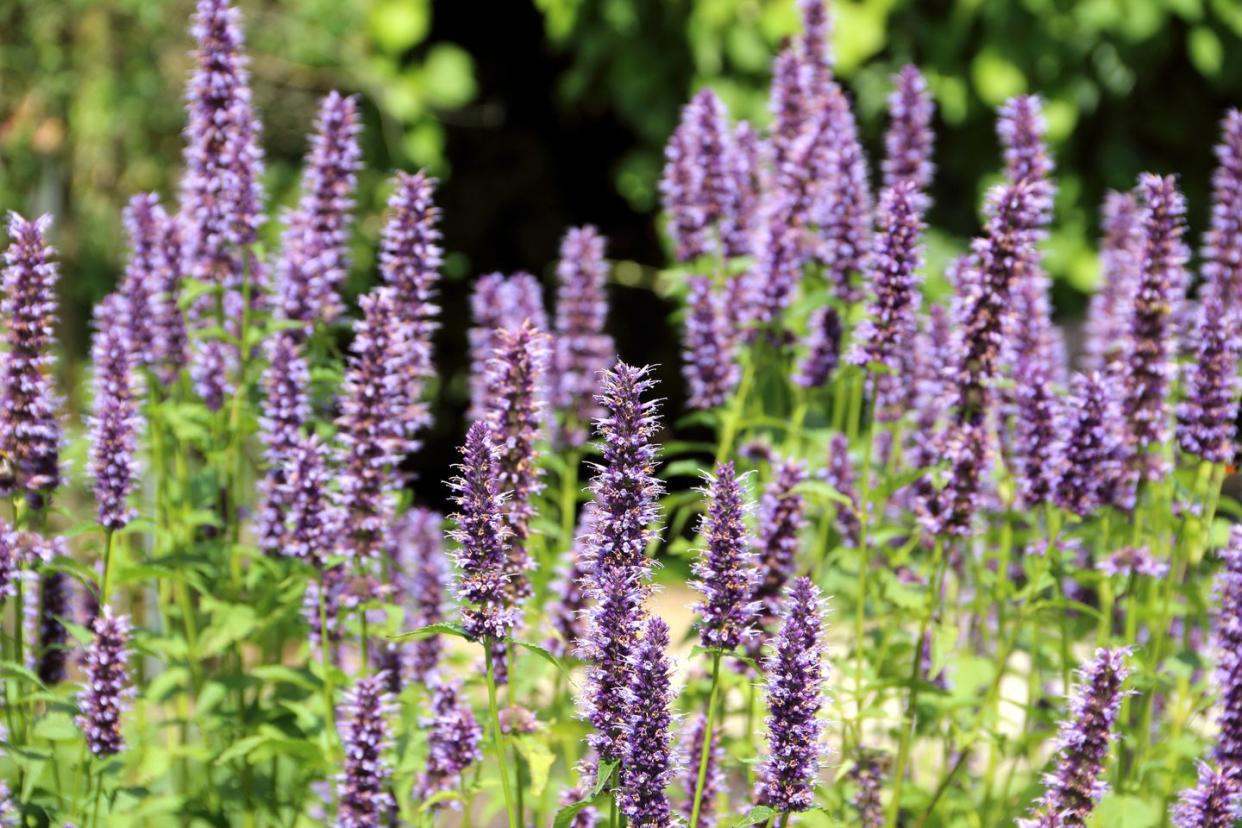
Bush Beans
While pole beans tend to produce more beans over time, bush beans mature quicker (in 45 days), allowing for one last fall harvest. This means planting them in late July will have them ready for picking right before the first frost. Make sure to wet your soil thoroughly before planting your beans to cool down the soil from the summer heat—it also helps speed up germination.
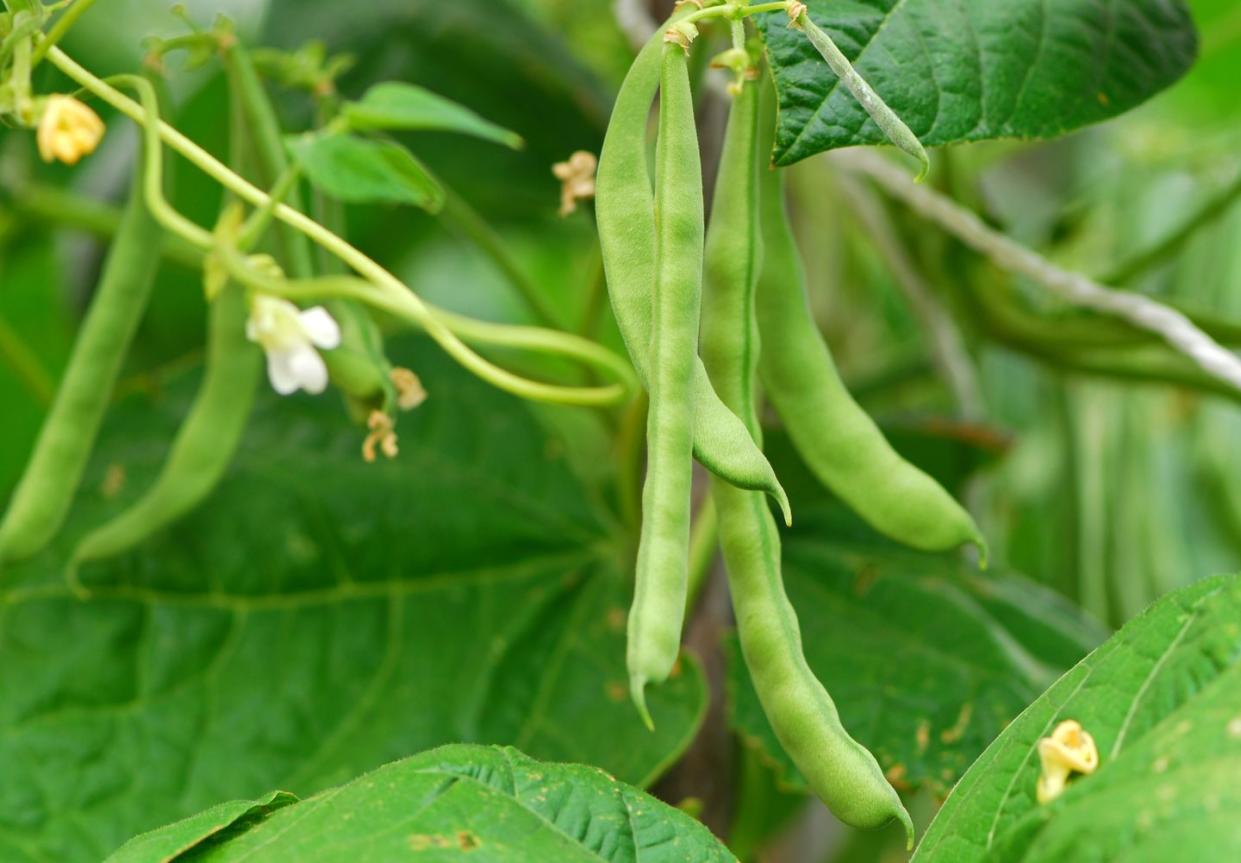
You Might Also Like




